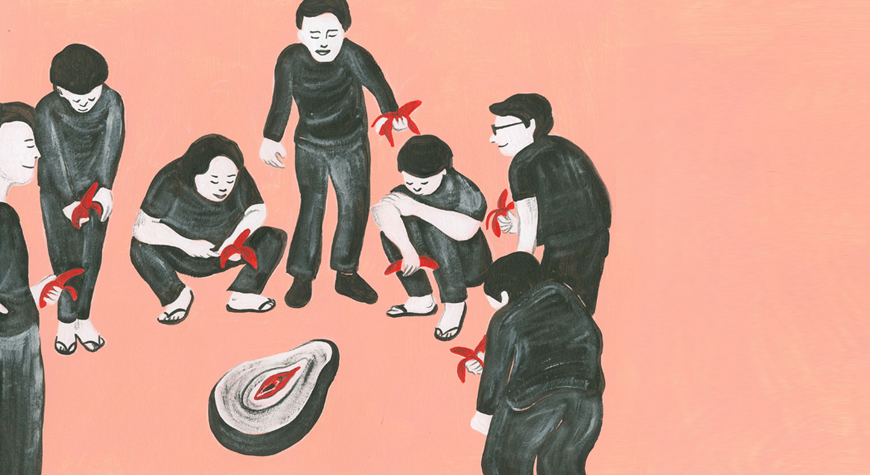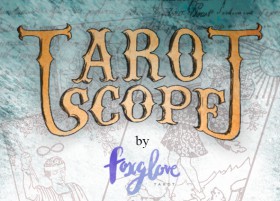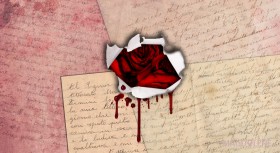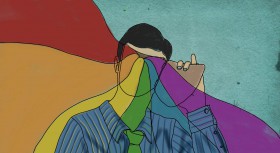“The Dark & Light of Prostitution,” a 2014 headline reads. A black and white, grainy photo shows a woman sitting on a bed, in a shabby room with two men standing over her. Policemen, they write, have caught her in the act.
The men’s bodies are facing the wall, not a glimpse of identity revealed. But this woman was looking out the door, pictured struck, facing the camera full on. Unlike the men, she wasn’t given a chance to hide. The Dark & Light of Prostitution. Witnessing the photo, I couldn’t agree more. The men, hidden in the dark, like mere shadows with unknown identities, and the woman, front and center, fully exposed in the bare, unforgiving light.
Over four years later, little has changed. Amidst the nation’s buzz over recent scandalous discoveries, you see a woman’s face in every article. You will read her background, her age, and everything about who she is. What you’ll fail to discover, though – try and try you may – is the man who played a role in placing her there.
“He’s a high-profile businessman!” the people gossip, “I think his name starts with an R…”
His initials are mentioned hesitantly, spilled out like a juicy, best kept secret. What does it say about our society, I wonder, when we’re whispering the man’s initials in guessing games, while placing the woman’s full name as clickbait for every major headline?
Society loves a good scandal, especially when they know who to blame. The media loves a good scandal, especially when they find permission to pick it apart.
Recent news show a woman, accused of partaking in online prostitution. Yet we receive very little information about that other half, those who placed demand for and pay the service, who should have occupied at least half of the story.
Instantly she is exposed, photographed and displayed for the whole nation to point their fingers at. We know where she came from. We even know what her lover thinks. At the same time, a man remains in the shadows, protected, with not even a sight of his left ear revealed. It’s not just patchy journalism: it’s sheer unfairness.
The media fails women everywhere, each time they tuck a man away as a secret to respect his “dignity.” Regarding the man’s identity, Polda Jatim liaison, Frans Barung, states for Detik.com, “The police will not reveal a person’s disgrace.” (“Polisi tak akan membuka aib seseorang.”)
Society does not mind revealing people’s disgrace, sir, I thought as I read it, They just decided they’d much rather do it to a woman.
___
Although this scandal shows many new discoveries, this pattern – of our society protecting its men more than it realizes – is anything but new.
When I was in high school, a group of boys circulated photos they took of the inside of our skirts, very much against our consent. Feeling violated, we spoke to a teacher, trusting the school would take the matter into their hands. Hushed discussions and a few “fair warnings” later, I saw those same boys thriving as school athletes, cheered and praised by the entire student body. Not a single word was disclosed about what they’d done. Not a single dent found in their victorious alpha male pride.
This pattern was also seen during the #MeToo movement. With a huge number of sexual harassment allegations, some men remain unscathed. The largest example being the well-known millionaire from New York who was accused by 20 different women of sexual misconduct spanning over two decades and still became President of the United States.
Interestingly, Trump has gone out of his way to defend many other high-profile men who had been accused. One time, he says of Brett Kavanaugh, US Supreme Court nominee accused of sexual assault, “This is not a man who deserves this.”
Thinking of how men “don’t deserve” the accusation leveled against them may largely explain Indonesian media’s failure in protecting the identities of its women. Better to do anything other than dishonor a man of good stature. What both the media and law enforcement continuously does – for him only – is keeping his reputation intact, behind layers and layers of confidentiality.
Patriarchy must be a power structure so frail to always need such constant protection.
___
Were the same ever said, though, about the women in these stories? Did the media treat the women’s identities with as much consideration as they did the men?
If they did, what excuses our gaps of information? And if they didn’t, what does that say about the value they choose to place on these women?
As a nation, we still have a lot of ground to cover. Our society still protects its men in more ways than we realize, and the media is largely complicit, also in more ways than we realize.
We are not in the business of justifying wrongdoing, even when done by fellow women. But we can acknowledge this issue by demanding more from our nation’s reporting. Let’s be dissatisfied with half-truths and prejudice in journalism. Let’s resist the urge to spread shame like wildfire, and instead, raise questions if need be.
If the media fails to protect our women, shouldn’t we step forth and do it ourselves?
Joanne Amarisa is a writer, videographer, and a student currently living in Melbourne, Australia. Listener of podcasts, drinker of green tea, and frequently found on her blog (www.withrisa.com) and social media (@joanneamarisa).
*Illustration by Karina Tungari








Comments